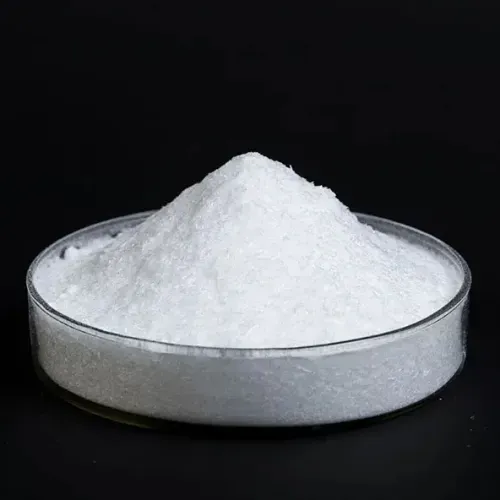Warning: Undefined array key "title" in /home/www/wwwroot/HTML/www.exportstart.com/wp-content/themes/1198/header.php on line 6
Warning: Undefined array key "file" in /home/www/wwwroot/HTML/www.exportstart.com/wp-content/themes/1198/header.php on line 7
Warning: Undefined array key "title" in /home/www/wwwroot/HTML/www.exportstart.com/wp-content/themes/1198/header.php on line 7
Warning: Undefined array key "title" in /home/www/wwwroot/HTML/www.exportstart.com/wp-content/themes/1198/header.php on line 7
- Afrikaans
- Albanian
- Amharic
- Arabic
- Armenian
- Azerbaijani
- Basque
- Belarusian
- Bengali
- Bosnian
- Bulgarian
- Catalan
- Cebuano
- China
- China (Taiwan)
- Corsican
- Croatian
- Czech
- Danish
- Dutch
- English
- Esperanto
- Estonian
- Finnish
- French
- Frisian
- Galician
- Georgian
- German
- Greek
- Gujarati
- Haitian Creole
- hausa
- hawaiian
- Hebrew
- Hindi
- Miao
- Hungarian
- Icelandic
- igbo
- Indonesian
- irish
- Italian
- Japanese
- Javanese
- Kannada
- kazakh
- Khmer
- Rwandese
- Korean
- Kurdish
- Kyrgyz
- Lao
- Latin
- Latvian
- Lithuanian
- Luxembourgish
- Macedonian
- Malgashi
- Malay
- Malayalam
- Maltese
- Maori
- Marathi
- Mongolian
- Myanmar
- Nepali
- Norwegian
- Norwegian
- Occitan
- Pashto
- Persian
- Polish
- Portuguese
- Punjabi
- Romanian
- Russian
- Samoan
- Scottish Gaelic
- Serbian
- Sesotho
- Shona
- Sindhi
- Sinhala
- Slovak
- Slovenian
- Somali
- Spanish
- Sundanese
- Swahili
- Swedish
- Tagalog
- Tajik
- Tamil
- Tatar
- Telugu
- Thai
- Turkish
- Turkmen
- Ukrainian
- Urdu
- Uighur
- Uzbek
- Vietnamese
- Welsh
- Bantu
- Yiddish
- Yoruba
- Zulu
7 月 . 27, 2024 13:01 Back to list
Effective Use of Chromic Acid Solution for Cleaning and Decontaminating Laboratory Glassware
The Importance of Chromic Acid Solution in Glassware Washing
In laboratories, the cleanliness of glassware is paramount. Any residue or contamination can compromise experimental results and lead to inaccurate data. Among various cleaning agents, chromic acid solution stands out as a preferred method for washing glassware due to its effectiveness in removing organic residues and its ability to restore glass surfaces to a pristine state.
Chromic acid, a powerful oxidizing agent, is typically prepared by dissolving chromium trioxide (CrO3) in water. The resulting solution can be employed for cleaning laboratory glassware like beakers, flasks, test tubes, and pipettes, particularly when the glassware has been used for organic compounds or biological samples. The efficacy of chromic acid lies in its strong oxidizing nature, which enables it to break down organic materials, including oils, fats, and other contaminants that might cling to the glass surfaces.
One of the main advantages of using chromic acid solution is its ability to clean glassware thoroughly without scratching or etching the surfaces. Other cleaning methods, like abrasive materials or harsh detergents, may degrade the quality of glassware over time. The gentle yet potent action of chromic acid maintains the integrity of the glass, making it suitable for repeated use in sensitive experiments.
chromic acid solution for washing glassware

When using chromic acid for cleaning, safety must be a top priority. Chromic acid is highly toxic and carcinogenic, and its fumes can cause severe irritation to the respiratory tract and skin. Therefore, it is crucial to handle this chemical with care, employing proper personal protective equipment (PPE), such as gloves, goggles, and lab coats, and ensuring adequate ventilation in the workspace. Additionally, the disposal of chromic acid must be managed carefully in accordance with local regulations since it poses environmental hazards.
To use chromic acid solution effectively, the first step is to prepare the cleaning solution, typically at a concentration of 1-5%. The equipment should be rinsed to remove any loose debris before immersing it in the chromic acid solution for a specific duration, usually ranging from 10 to 30 minutes, depending on the level of contamination. Following immersion, the glassware should be thoroughly rinsed with distilled water to eliminate any residual chromic acid before air drying.
Despite its outstanding cleaning capability, the use of chromic acid has been declining due to the availability of safer alternatives and increasing awareness of environmental concerns. Many laboratories now explore eco-friendly cleaning agents that provide effective cleaning without the hazards associated with chromium compounds. These alternatives often include biodegradable detergents and specialized cleaning solutions designed specifically for laboratory glassware.
In conclusion, while chromic acid solution remains a highly effective cleaning agent for laboratory glassware, its use comes with significant safety and environmental considerations. Laboratories must weigh the benefits of using chromic acid against the potential health risks to personnel and the environment. As scientific practices evolve, the shift toward safer and more sustainable cleaning methods is likely to continue, promoting a cleaner and safer laboratory environment for all. Regardless, awareness on proper usage and disposal of chromic acid is crucial for maintaining laboratory safety and integrity.
Latest news
-
Certifications for Vegetarian and Xanthan Gum Vegetarian
NewsJun.17,2025
-
Sustainability Trends Reshaping the SLES N70 Market
NewsJun.17,2025
-
Propylene Glycol Use in Vaccines: Balancing Function and Perception
NewsJun.17,2025
-
Petroleum Jelly in Skincare: Balancing Benefits and Backlash
NewsJun.17,2025
-
Energy Price Volatility and Ripple Effect on Caprolactam Markets
NewsJun.17,2025
-
Spectroscopic Techniques for Adipic Acid Molecular Weight
NewsJun.17,2025

